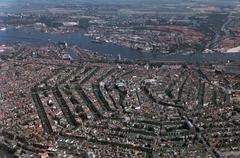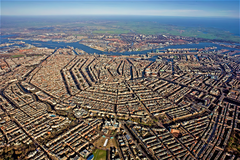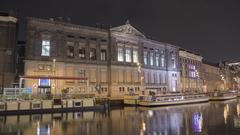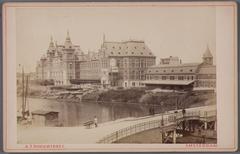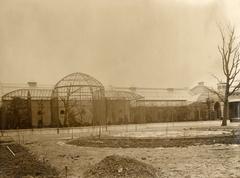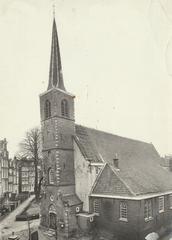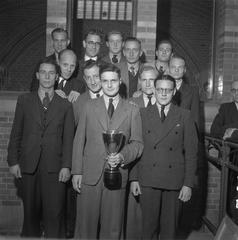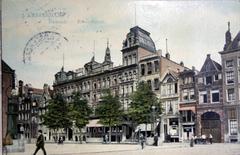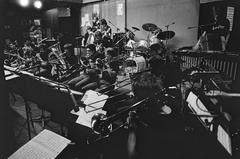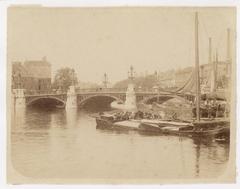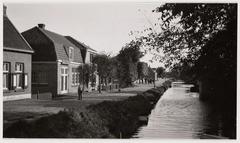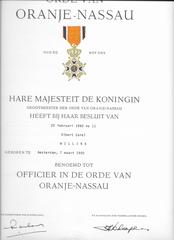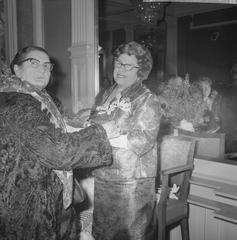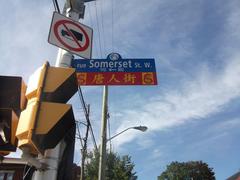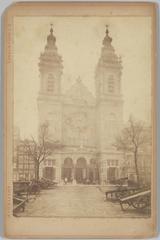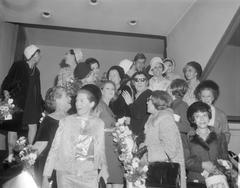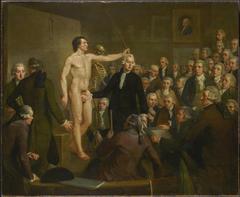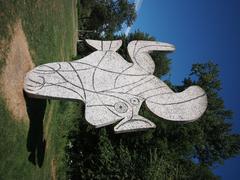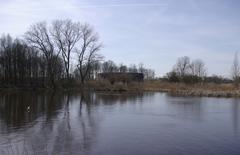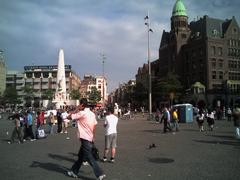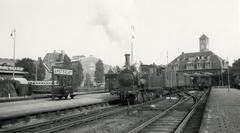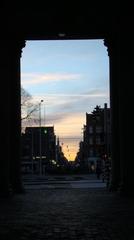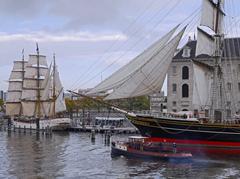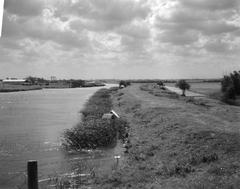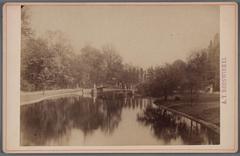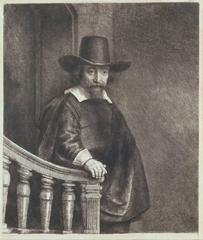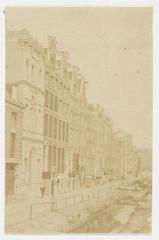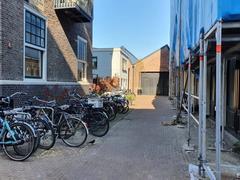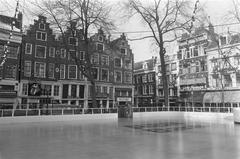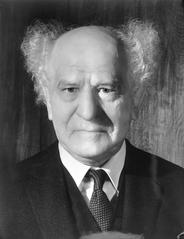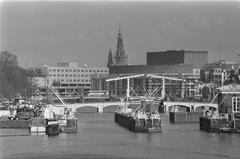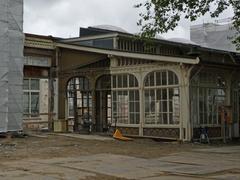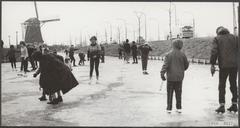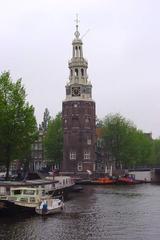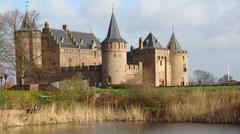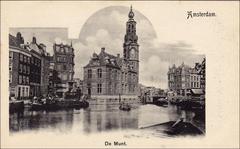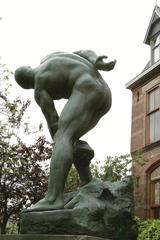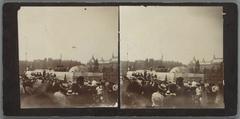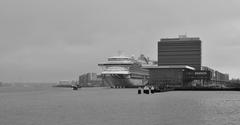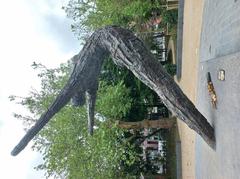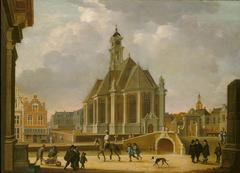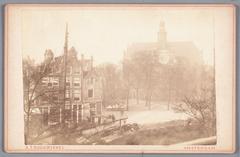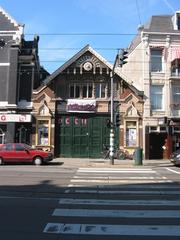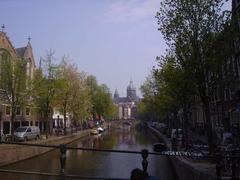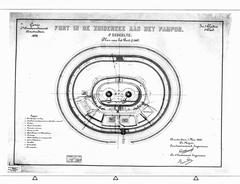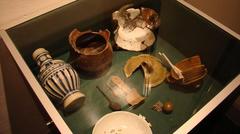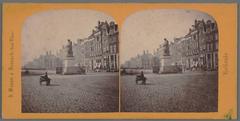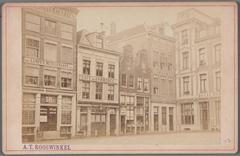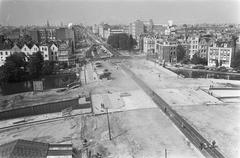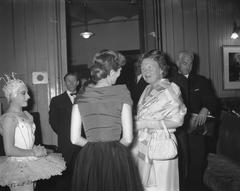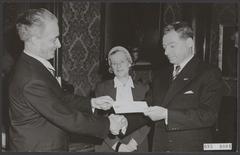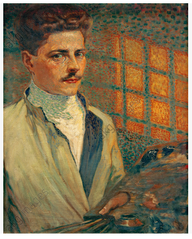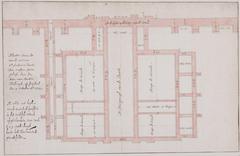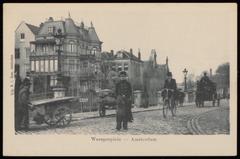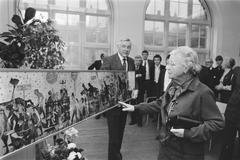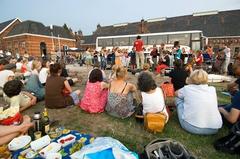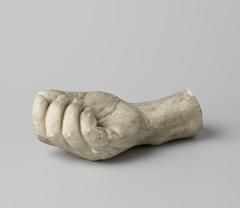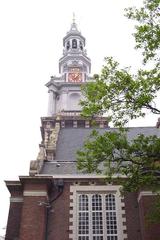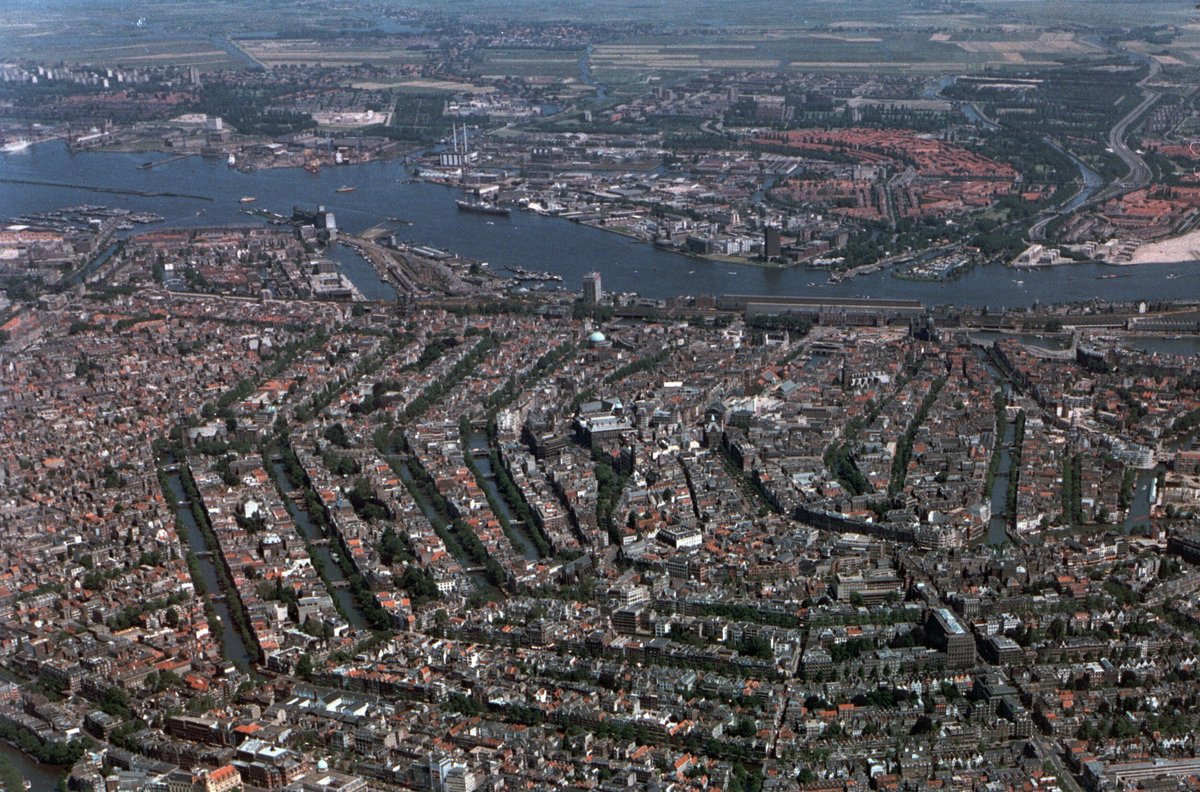
Comprehensive Guide to Visiting Free Walking Tour Amsterdam, Amsterdam, Netherlands
Publication Date: 17/07/2024
Introduction to the Free Walking Tour in Amsterdam
Discovering Amsterdam’s illustrious history and dynamic culture is made both accessible and engaging through the city’s popular free walking tours. These tours, which follow a ‘pay-what-you-want’ model, originated in Berlin in 2004 and have since spread globally, including to Amsterdam in the early 2010s (source). Amsterdam, renowned for its intricate canal system, historic buildings, and diverse neighborhoods, provides the perfect backdrop for these tours, which are led by knowledgeable local guides who bring the city’s past and present to life. The free walking tours cover key historical sites such as Dam Square, the Anne Frank House, and the Red Light District, offering visitors a comprehensive understanding of Amsterdam’s rich history and vibrant culture (source). Beyond historical insights, these tours also delve into Amsterdam’s cultural landmarks, including the Rijksmuseum and the Van Gogh Museum, making them an invaluable resource for tourists looking to explore the city affordably and sustainably (source, source).
Table of Contents
- Introduction
- Explore Amsterdam with Free Walking Tours
- Top Attractions on Free Walking Tours
- Essential Tips for a Memorable Free Walking Tour
- Conclusion
- Sources and Further Reading
Explore Amsterdam with Free Walking Tours - History, Tips, and Key Attractions
Introduction
Discover the vibrant history and culture of Amsterdam through its popular free walking tours. These tours offer an affordable and engaging way to explore the city’s rich historical sites and cultural landmarks. In this article, we’ll delve into the origins and significance of free walking tours, highlight key attractions in Amsterdam, and provide practical tips for visitors.
History and Significance of Free Walking Tours
Origins of Free Walking Tours
Free walking tours have become a global phenomenon, offering tourists an accessible and engaging way to explore cities. The concept originated in Berlin in 2004, pioneered by Chris Sandeman, who sought to provide an alternative to traditional, often expensive, guided tours. The model relies on a “pay-what-you-want” system, making it accessible to a broader audience. This innovative approach quickly spread to other major cities, including Amsterdam, where it has become a staple for visitors.
Establishment in Amsterdam
The Free Walking Tour Amsterdam was established in the early 2010s, capitalizing on the city’s rich history, vibrant culture, and picturesque landscapes. Amsterdam, with its intricate canal system, historic buildings, and diverse neighborhoods, provides an ideal backdrop for such tours. The tours are typically led by knowledgeable local guides who offer insights into the city’s past and present, making history come alive for participants.
Historical Context of Amsterdam
Amsterdam’s history dates back to the 12th century when it was a small fishing village on the banks of the Amstel River. The city gained prominence in the 17th century during the Dutch Golden Age, becoming a major trading hub and cultural center. This period saw the construction of many of the iconic buildings and canals that define Amsterdam today. The Free Walking Tour Amsterdam often highlights these historical landmarks, providing context and stories that enrich the visitor experience.
Key Historical Sites Covered
Dam Square
Dam Square is the heart of Amsterdam and a focal point of many walking tours. It is home to the Royal Palace, originally built as a city hall during the Dutch Golden Age. The square has been a central gathering place for centuries and continues to be a hub of activity. Guides often share stories about the square’s role in historical events, such as the 1945 Dam Square shooting during World War II (source).
Anne Frank House
The Anne Frank House is another significant stop on the tour. This museum is dedicated to the Jewish wartime diarist Anne Frank, who hid from the Nazis in a secret annex during World War II. The house provides a poignant reminder of the atrocities of the Holocaust and the resilience of the human spirit. Visitors often find this part of the tour deeply moving and educational (source).
The Red Light District
Amsterdam’s Red Light District, known locally as De Wallen, is one of the city’s oldest neighborhoods. It offers a unique glimpse into the city’s liberal attitudes towards sex work and drug use. The district’s history dates back to the 14th century, and it has evolved significantly over the centuries. Guides provide a balanced view of the area, discussing both its historical significance and contemporary issues (source).
Cultural Impact and Visitor Tips
Cultural Significance
The Free Walking Tour Amsterdam is not just about historical facts; it also delves into the cultural fabric of the city. Amsterdam is known for its progressive values, artistic heritage, and diverse population. The tours often include stops at cultural landmarks such as the Rijksmuseum, which houses masterpieces by Rembrandt and Vermeer, and the Van Gogh Museum, dedicated to the works of the famous Dutch painter.
Impact on Tourism
The Free Walking Tour Amsterdam has had a significant impact on tourism in the city. It offers an affordable and informative way for visitors to explore Amsterdam, making it accessible to a wider audience. The tours also promote sustainable tourism by encouraging walking rather than using motorized transport, which helps reduce the city’s carbon footprint.
Visitor Tips
Booking and Timing
While the tours are free, it is advisable to book in advance, especially during peak tourist seasons. Most tours last about 2-3 hours and are available in multiple languages, including English, Spanish, and German. It is recommended to wear comfortable walking shoes and bring water, as the tours cover a considerable distance.
Tipping
Although the tours are free, guides rely on tips as their primary source of income. It is customary to tip based on the quality of the tour and your budget. A typical tip ranges from €10 to €20 per person.
Weather Considerations
Amsterdam’s weather can be unpredictable, so it is wise to check the forecast and dress accordingly. Tours run rain or shine, so bringing an umbrella or raincoat is advisable during the wetter months.
Top Attractions on Free Walking Tours
Dam Square
Dam Square is the heart of Amsterdam and a central point in many free walking tours. This historic square dates back to the 13th century when it was originally a dam built on the Amstel River. Today, it is surrounded by significant landmarks such as the Royal Palace, the Nieuwe Kerk (New Church), and the National Monument. (source)
Visitor Information:
- Visiting Hours: The square is open 24/7, but individual attractions have specific visiting hours.
- Nearby Attractions: Madame Tussauds Amsterdam, Beurs van Berlage.
The Anne Frank House
The Anne Frank House is one of the most poignant stops on any walking tour. Located on the Prinsengracht canal, this museum is dedicated to the Jewish wartime diarist Anne Frank, who hid from the Nazis in a secret annex during World War II. (source)
Visitor Information:
- Tickets: Book online in advance to secure your visit.
- Opening Hours: Daily from 9:00 AM to 10:00 PM.
The Jordaan District
The Jordaan District is a charming neighborhood known for its narrow streets, quaint buildings, and vibrant atmosphere. Originally a working-class area, it has transformed into one of Amsterdam’s most desirable quarters. (source)
Visitor Information:
- Nearby Attractions: Anne Frank House, Noordermarkt.
- Special Events: Weekly markets, local festivals.
The Red Light District
Amsterdam’s Red Light District, known locally as De Wallen, is one of the city’s most famous and controversial areas. Walking tours provide a historical and cultural perspective on this neighborhood, which dates back to the 14th century. (source)
Visitor Information:
- Visiting Hours: The district is active 24/7, but individual attractions have specific hours.
- Safety Tips: Stay aware of your surroundings and respect the local laws and customs.
The Begijnhof
The Begijnhof is a hidden courtyard dating back to the early 14th century. It was originally a sanctuary for the Beguines, a Catholic sisterhood who lived like nuns but did not take formal vows. (source)
Visitor Information:
- Opening Hours: Daily from 9:00 AM to 5:00 PM.
- Nearby Attractions: Amsterdam Museum, Spui Square.
The Flower Market (Bloemenmarkt)
The Bloemenmarkt is the world’s only floating flower market, located on the Singel canal. Established in 1862, it consists of a series of houseboats that sell a wide variety of flowers, plants, and bulbs. (source)
Visitor Information:
- Opening Hours: Monday to Saturday from 9:00 AM to 5:30 PM, Sunday from 11:00 AM to 5:30 PM.
- Nearby Attractions: Munt Tower, Rembrandtplein.
The Amsterdam Museum
The Amsterdam Museum, housed in a former orphanage, provides a comprehensive overview of the city’s history from its medieval beginnings to the present day. (source)
Visitor Information:
- Tickets: Check the museum’s official website for ticket prices and booking.
- Opening Hours: Daily from 10:00 AM to 5:00 PM.
The Jewish Quarter
The Jewish Quarter, or Jodenbuurt, is a historic area that was once the center of Jewish life in Amsterdam. Walking tours explore its rich history, including the Portuguese Synagogue, built in 1675, and the Jewish Historical Museum, which is housed in four former Ashkenazi synagogues. (source)
Visitor Information:
- Tickets: Combined tickets are available for multiple attractions in the Jewish Cultural Quarter.
- Opening Hours: Varies by attraction; check the official websites.
The Canal Belt
Amsterdam’s Canal Belt, a UNESCO World Heritage site, is a highlight of any walking tour. The canals were constructed in the 17th century during the Dutch Golden Age and are lined with elegant merchant houses, bridges, and houseboats. (source)
Visitor Information:
- Photographic Spots: The Seven Bridges, Magere Brug (Skinny Bridge).
- Guided Tours: Consider a combined walking and canal boat tour for a unique perspective.
The Rembrandt House Museum
The Rembrandt House Museum is located in the former home of the famous Dutch painter Rembrandt van Rijn. The museum offers a glimpse into the artist’s life and work, with a collection of his etchings, personal belongings, and reconstructed living quarters. (source)
Visitor Information:
- Tickets: Purchase tickets online to avoid queues.
- Opening Hours: Daily from 10:00 AM to 6:00 PM.
Essential Tips for a Memorable Free Walking Tour in Amsterdam
Choosing the Right Tour
Amsterdam offers a variety of free walking tours, each with its unique focus. Some tours emphasize the city’s rich history, while others delve into its vibrant art scene or infamous Red Light District. Research and select a tour that aligns with your interests. Websites like Free Walking Tours Amsterdam provide detailed descriptions and schedules.
Booking in Advance
Although these tours are free, they often require reservations due to their popularity. Booking in advance ensures you secure a spot, especially during peak tourist seasons. You can make reservations through the tour company’s website or platforms like GuruWalk.
Practical Tips
- Arriving Early: Arrive at the meeting point at least 10-15 minutes before the scheduled start time.
- Dress Comfortably: Wear comfortable walking shoes and dress in layers to adapt to changing conditions.
- Bring Essentials: Carry a small backpack with essentials such as water, snacks, a map, and a fully charged phone.
Respecting Local Customs
- Tipping the Guide: A typical tip ranges from €10 to €20 per person, depending on your satisfaction with the tour.
- Respect Local Culture: Avoid taking photos in the Red Light District and always ask for permission before photographing locals.
Additional Recommendations
- Stay with the Group: Ensure you don’t miss out on any information and help maintain the tour’s schedule.
- Engage with the Guide: Ask questions and participate in discussions for a richer experience.
- Be Mindful of Bicycles: Pay attention to bike lanes and crossings to avoid accidents.
- Utilize Public Transportation: Consider purchasing an I Amsterdam City Card for unlimited access to trams, buses, and metro services.
Conclusion
The Free Walking Tour Amsterdam offers a comprehensive and engaging way to explore the city’s rich history and vibrant culture. By providing insights into key historical sites and cultural landmarks, the tours enhance the visitor experience and contribute to the city’s tourism industry. Whether you are a history buff, a culture enthusiast, or simply looking to explore Amsterdam on a budget, the Free Walking Tour Amsterdam is an excellent choice.
